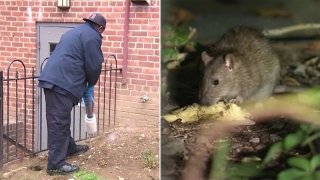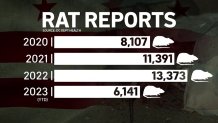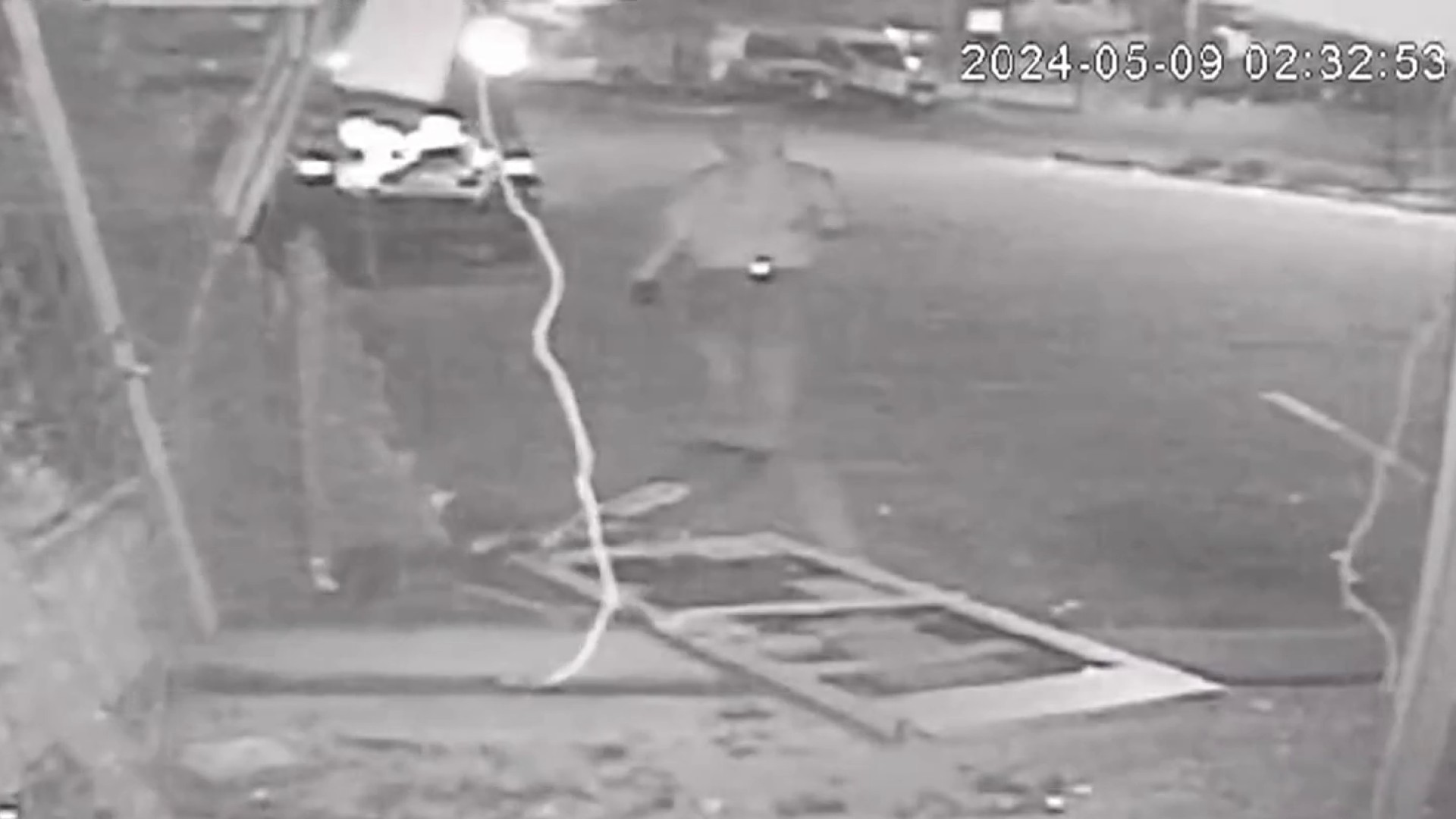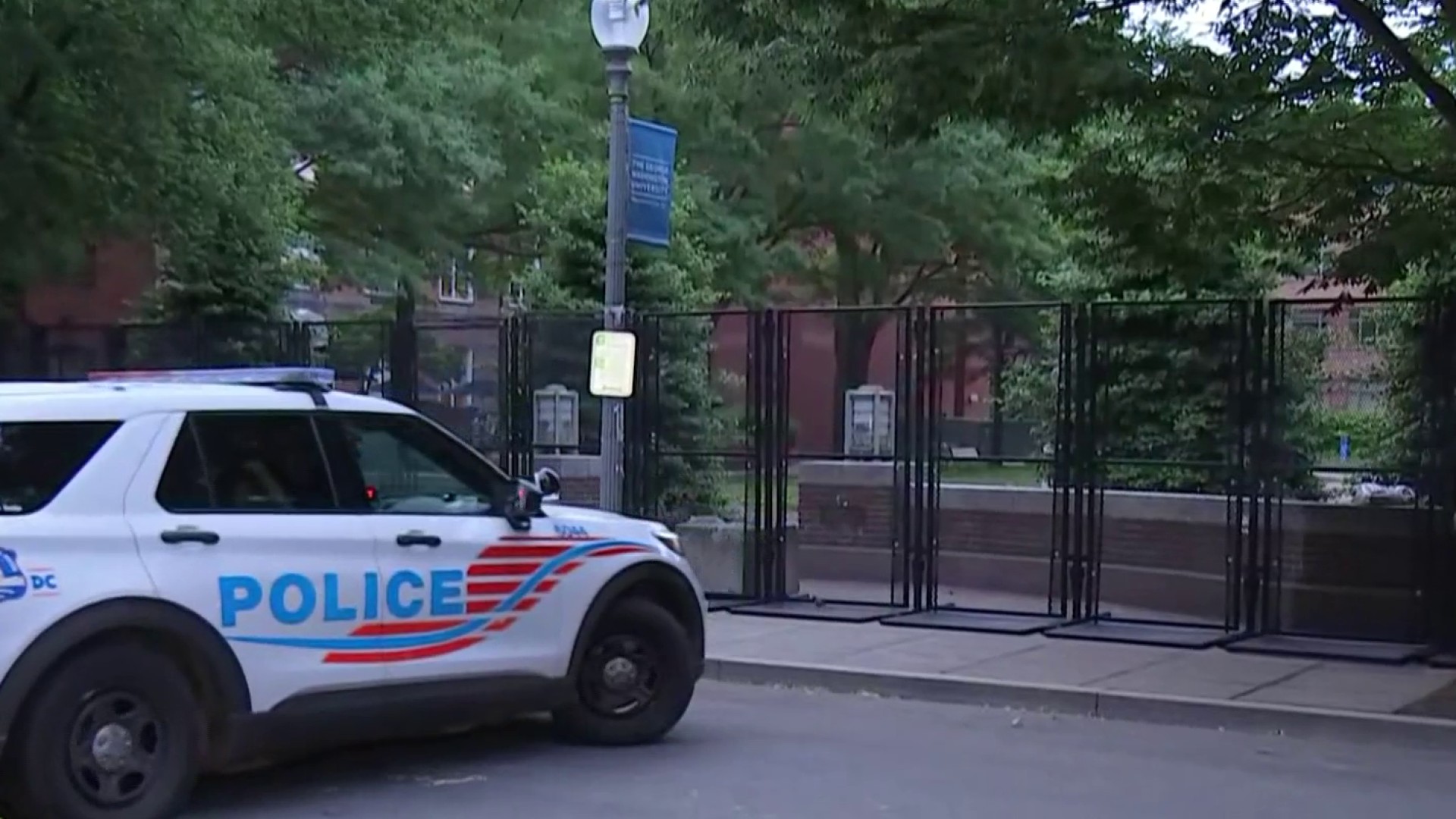
Milder winters and more people working from home are some of the biggest reasons the District has seen a spike in the number of complaints about rats. In fact, the number of rat sightings in D.C. has increased each year since the pandemic began.
For years, the District has been waging a war on rats.
At an apartment complex off 14th Street NW where burrows dot the yard, the rat problem is so bad it could take a year to get rid of them all.
Gerard Brown, director of rodent control for DC Health, points to three main reasons the number of rat sightings has been increasing.
We're making it easier for you to find stories that matter with our new newsletter — The 4Front. Sign up here and get news that is important for you to your inbox.
"The increase in food establishments over the past five years — there's been a 25% increase in restaurants," Brown said. "The mild winters for the last decade — you know, usually the winters act as a natural exterminator.... And the increase in people. You know, we got more people, 700,000, just more people living in D.C."
And because more people are working from home, there's more food for rats in residential areas.
"People are eating more at home where they would be eating lunch in the office, and trash would be disposed of there. It's disposed of now in residential cans, and that’s more food waste," Brown said.
Over the past three years, the rat population has exploded. The number of rat reports received by DC Health has increased every fiscal year (FY) since 2020:

While the year-to-date number might seem low, it's already at three-quarters of the number for all of 2020, and it's only early April. In addition, the bulk of rat reports each year come in during spring and summer.
Local
Washington, D.C., Maryland and Virginia local news, events and information
The District was named the fourth most rat-infested city in America last fall, according to pest control company Orkin, which puts out an annual list of the Top 50 Rattiest Cities. Chicago, New York and Los Angeles topped the list, which ranked cities by the number of new rodent treatments performed between Sept. 1, 2021 and Aug. 31, 2022.
To battle the rat population, DC Health uses traps, chemicals and even gases them out at times.
"It produces carbon monoxide," Brown said. "When we [turn] it on, you'll see the smoke go in the hole. It'll come out different holes and they'll close all the holes up, and it suffocates the rats."
For the past three years, the highest number of rat reports in D.C. has come from Ward 1, where residents have made more than 2,900 complaints. Ward 3 has had the lowest number for the past four years.
DC Health hosted an informational "rodent walk" Friday as part of Mayor Muriel Bowser's Back to Basics Week. The walk shared information on rodent behaviors and how to identify rodent activity, as well as what DC Health is doing to control rodent populations across the city.
The rodent walk builds on DC Health's efforts in the past year to educate people about rodent activity. The health department's website features a page of rodent control tips that encourages residents to keep garbage in containers with tight-fitting lids and to eliminate clutter outside homes.
The department also began issuing citations to restaurants and businesses for dumpsters missing lids or for having debris outside of trash bins.
Residents can call 311 to report any rodent sightings around their homes and DC Health will conduct an inspection.



